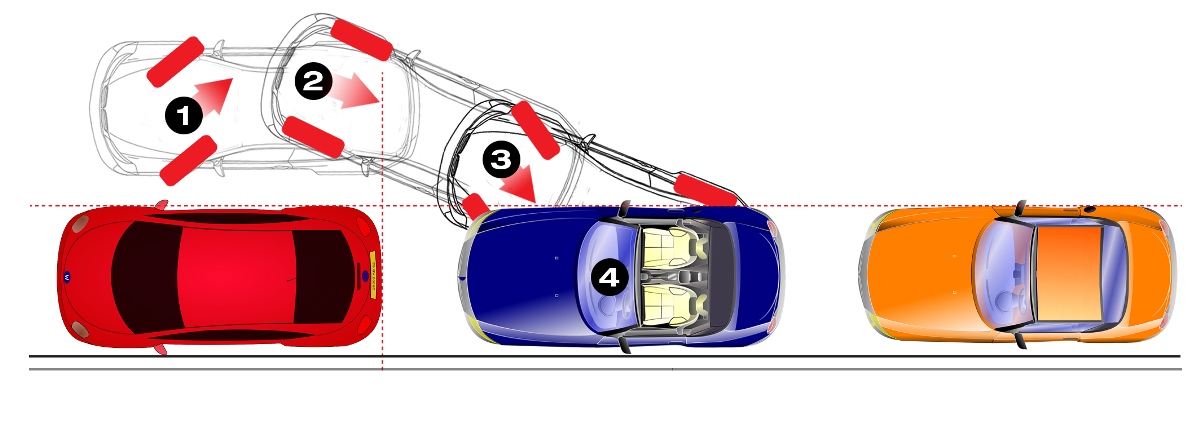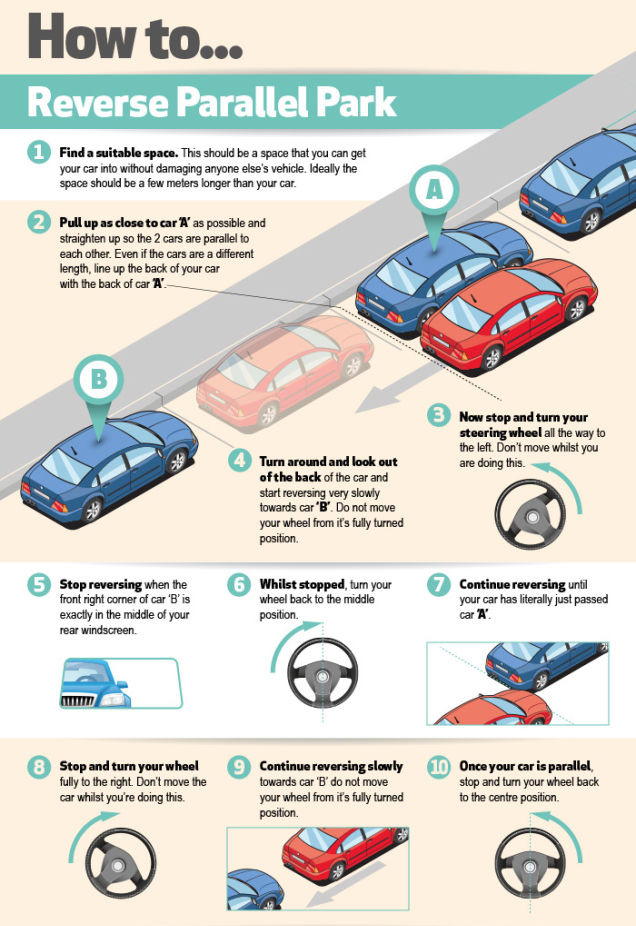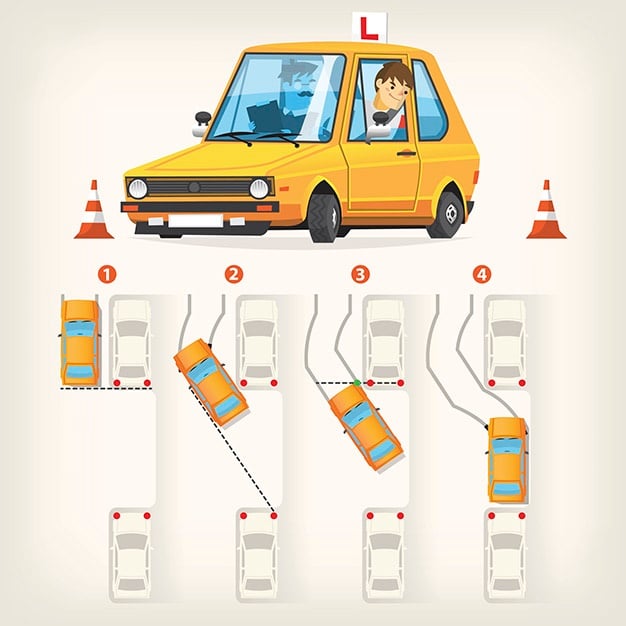
Devlin says that behind all that guessing, math is at work. That's something you have to learn by doing, which is how most people figure out whether they have enough space to park in the first place. And it doesn't tell you how to do the parking. That's a lot of work just to tell you if you have enough space for an easy park. Blackburnīlackburn's formula does this by sketching the arc of your car's turning capability into a full circle, then using the center of the circle to create the right-angle triangles Pythagoras loved. The Geometry of Perfect Parking by Simon R. In other words, no back-and-forth, no see-sawing - the perfect parallel parking job. "The formula tells you exactly how much extra space you need, beyond the length of your vehicle, in order to park it in a simple, reverse-in, straighten-the-wheels, switch-the-engine-off move," Devlin explains. That's a squared plus b squared equals c squared, as you'll remember from your high school geometry class, no doubt. The most complicated part, Devlin says, is our good old friend the Pythagorean theorem. Stanford mathematics professor Keith Devlin tells NPR's Audie Cornish "it's actually a very clever use of simple mathematics."

The formula for the perfect parking job was recently worked out by mathematician Simon Blackburn, professor at the University of London. Now it's simply a matter of plugging those variables into the handy formula (see our illustration), and you'll know if that spot could have been yours.

Ignore the car that's sneaking into your space as you do the calculation. Run a simple calculation and - voila! - you'll know just what to do. You finally find a spot between two hulking SUVs, but it looks pretty tight. So you're forced to parallel park on the street. And, of course, the parking garage is now full. If you live in a big city, this scenario is all too familiar: Traffic is bad. Note 1: Many modern vehicles also use backup cameras and built-in sensors to aid parking.Source: The Geometry of Perfect Parking by Simon R. Put your vehicle in park and fold your side mirrors, if necessary.Įd.Once in the spot, pull forward and reverse until you are happy with your position.Use your side and rearview mirrors to check your distance from the rear car. Continue correcting the wheel until you straighten out.Be sure not to cut too early or you’ll end up three miles off the curb. Cut the wheel the opposite way and slowly reverse into the spot.Roll your wheel to the right and begin reversing until your vehicle is at about a 45-degree angle relative to the car in front of you.Throw your car in reverse and back up until your car is about halfway past the adjacent vehicle.Check your surroundings for incoming cars, young professionals on scooters, wandering pups, lizards, or children driving Power Wheels.Position the vehicle 2-3 feet from the vehicle and line up your side mirrors with that vehicle’s mirrors.

When parking in a space on the right side of the street, flick your turn signal on and position your vehicle next to the vehicle in front of the space you will park in.

It’s never okay to hit somebody’s car, people! A light bump should always be reported if you screw up. First, ask yourself this question: Will my car realistically fit into the spot without endangering my car or other vehicles? Bumpers might be called bumpers, but that doesn’t mean they should be used as buffers for parking.


 0 kommentar(er)
0 kommentar(er)
